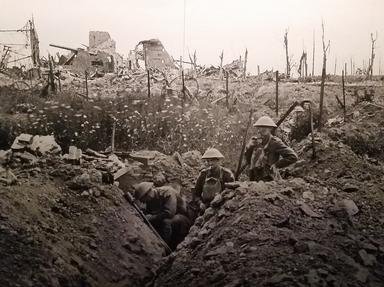Quiz Answer Key and Fun Facts
1. Which of these describes the location of the Republic of Armenia most precisely?
2. In what part of the Ottoman Empire did the majority of the Armenian population live at the start of WWI?
3. What, if anything, made the Armenians an identifiable group that could be cast in the role of "outsiders" within the Ottoman Empire?
4. The Armenians in the Ottoman Empire had been subjected to frequent and large-scale pogroms ever since about 1600.
5. In the nineteenth century the Ottoman authorities systematically used massacres to terrorize subject people that rebelled. When did massacres of Armenians first make the headlines in the West?
6. What reason, if any, did the ruling Young Turk junta give in 1915 for its action against the Armenians?
7. The Armenian Holocaust began on 24 April 1915 with the massacre of Armenians in Constantinople and other major cities in the Ottoman Empire. What happened to the majority of the remaining Armenians?
8. Most Turkish historians and politicians accept the Armenian Holocaust as a shameful part of their history.
9. What kinds of independent evidence of the Armenian Holocaust is available (in the sense of evidence from non-Armenian sources)?
10. When did the Armenian Holocaust end?
Source: Author
bloomsby
This quiz was reviewed by FunTrivia editor
trammgr before going online.
Any errors found in FunTrivia content are routinely corrected through our feedback system.

